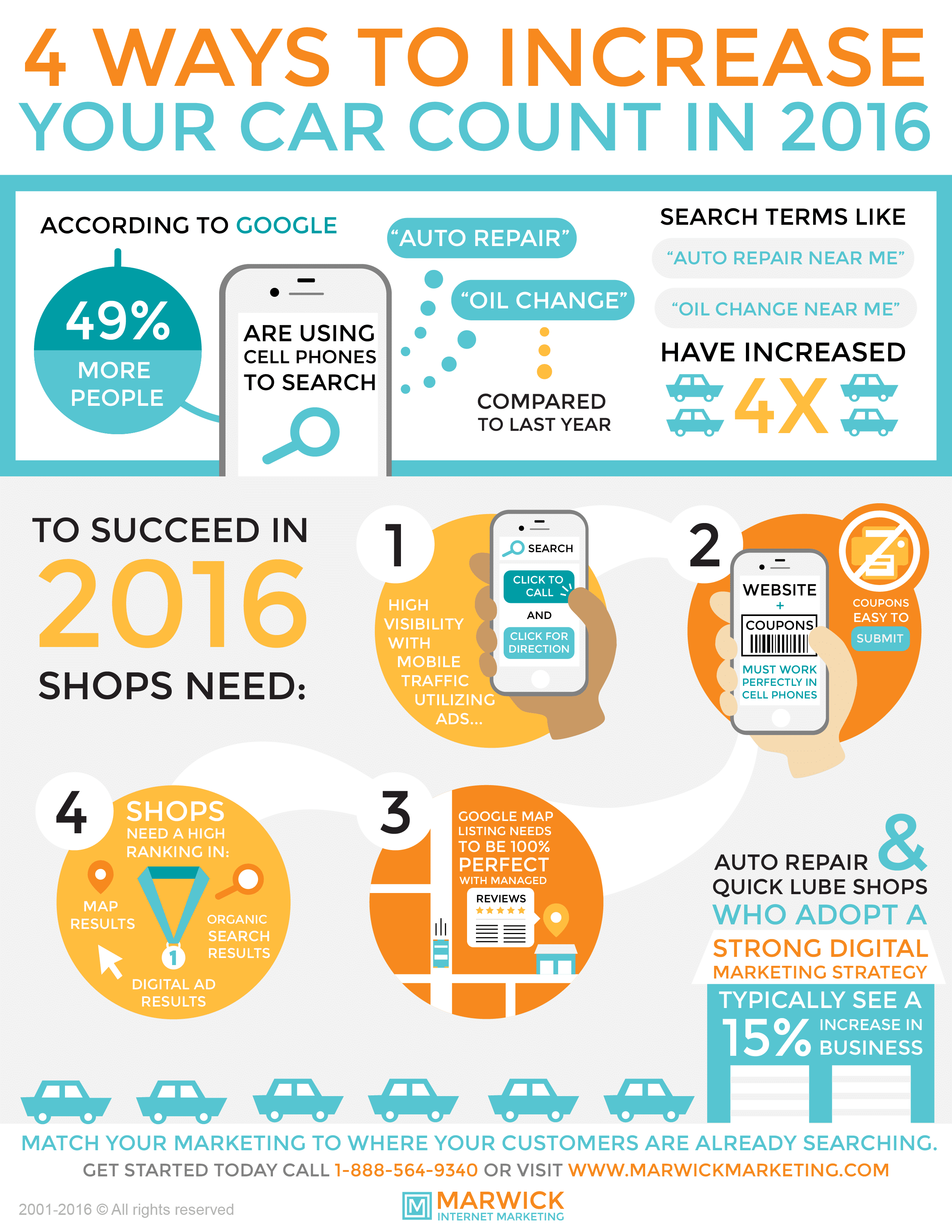Interpreting Your Vehicle'S Alert Lighting: Their Real Ramifications
Interpreting Your Vehicle'S Alert Lighting: Their Real Ramifications
Blog Article
Web Content Writer-Termansen Corbett
When you're behind the wheel, those glowing caution lights on your dashboard can be a little bit complicated. Do you recognize what they're attempting to tell you about your cars and truck's health? Comprehending the importance of these lights is important for your safety and security and the longevity of your automobile. So, visit their website among those lights pops up, would not you want to decipher its message properly and take the needed actions to resolve it?
Common Caution Lights and Interpretations
Identify typical warning lights in your cars and truck and comprehend their definitions to guarantee safe driving.
One of the most regular warning lights consist of the check engine light, which indicates issues with the engine or discharges system. If this light comes on, it's critical to have your car checked promptly.
The oil pressure cautioning light shows reduced oil pressure, calling for prompt attention to avoid engine damage.
A blinking battery light might suggest a damaged charging system, possibly leaving you stranded otherwise attended to.
The tire stress tracking system (TPMS) light alerts you to low tire pressure, influencing car stability and gas performance. Ignoring this might bring about harmful driving problems.
https://www.nj.com/hudson/2021/09/jersey-city-auto-repair-shops-go-up-in-flames.html indicates an issue with the anti-lock braking system, jeopardizing your capacity to quit quickly in emergencies.
Last but not least, the coolant temperature level advising light warns of engine getting too hot, which can result in severe damage otherwise fixed quickly.
Comprehending these usual caution lights will certainly help you attend to problems promptly and preserve safe driving conditions.
Significance of Prompt Focus
Comprehending the typical caution lights in your cars and truck is only the primary step; the relevance of promptly addressing these warnings can not be emphasized sufficient to guarantee your safety on the road.
When a warning light brightens on your control panel, it's your cars and truck's means of communicating a potential issue that needs attention. Overlooking these cautions can result in extra severe troubles down the road, endangering your safety and possibly costing you more in repairs.
Prompt attention to cautioning lights can avoid failures and accidents. For example, a blinking check engine light can suggest a misfire that, if left unattended, can create damage to the catalytic converter. Resolving this without delay can save you from a pricey repair work.
Likewise, a brake system cautioning light could indicate low brake liquid or used brake pads, critical elements for your safety and security when driving.
DIY Troubleshooting Tips
If you see a caution light on your control panel, there are a couple of DIY fixing ideas you can try before looking for expert assistance.
The first step is to consult your vehicle's guidebook to understand what the certain caution light indicates. Sometimes the problem can be as easy as a loose gas cap activating the check engine light. Tightening the gas cap may resolve the issue.
An additional common issue is a low battery, which can set off various advising lights. Inspecting the battery links for rust and ensuring they're safe and secure may take care of the problem.
If a caution light continues, you can attempt resetting it by separating the vehicle's battery for a couple of mins and then reconnecting it. Furthermore, checking your automobile's liquid degrees, such as oil, coolant, and brake fluid, can assist repair cautioning lights associated with these systems.
Verdict
In conclusion, recognizing your automobile's warning lights is important for keeping your automobile running smoothly and securely. By without delay addressing these signals and recognizing what they indicate, you can prevent costly repair work and prospective malfunctions.
Keep in mind to consult your vehicle's handbook for particular information on each cautioning light and do something about it accordingly to guarantee a trouble-free driving experience.
Remain informed, stay safe on the road!
